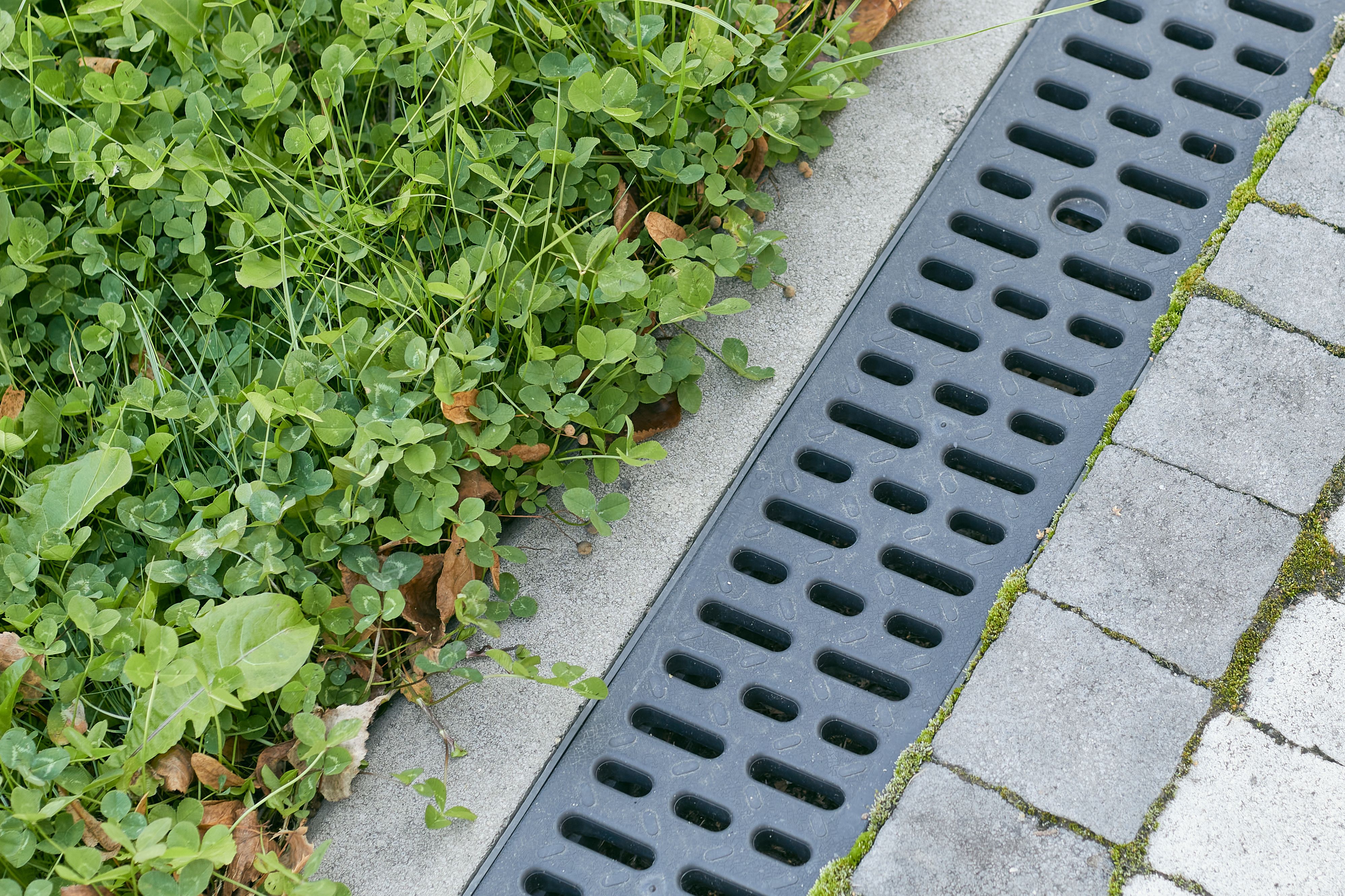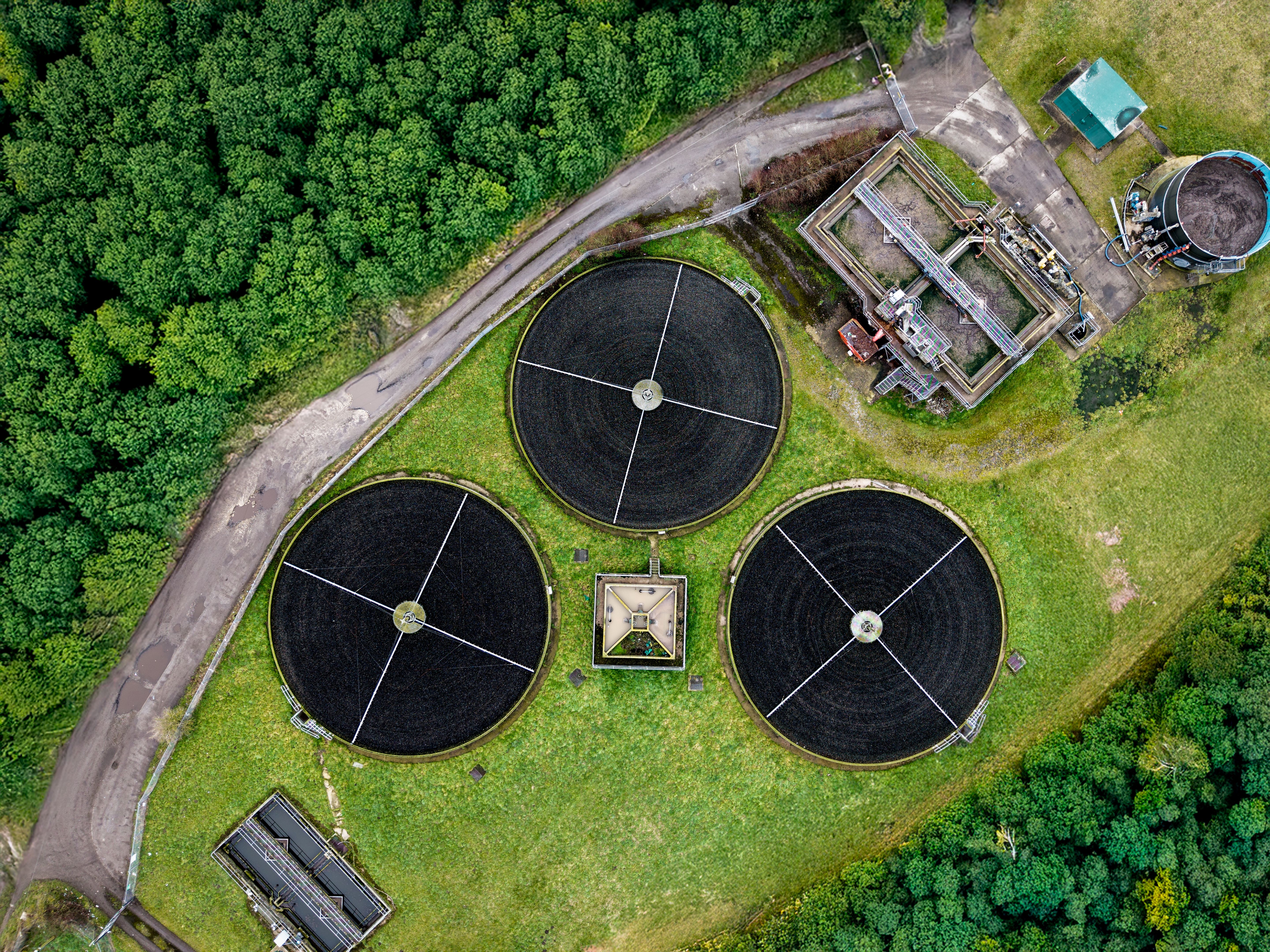Understanding Stormwater Runoff: What It Is and How to Manage It
Understanding Stormwater Runoff
Stormwater runoff is a term that describes water from rain or melting snow that does not soak into the ground but flows over the earth's surface. This phenomenon often occurs in urban areas where impervious surfaces like roads, sidewalks, and rooftops prevent water from naturally seeping into the soil. As a result, stormwater runoff can collect pollutants and sediments, potentially causing environmental harm.
Effective management of stormwater runoff is crucial to protect our ecosystems and infrastructure. Municipalities and developers are increasingly tasked with finding sustainable solutions to mitigate the impacts of stormwater on the environment. Understanding the dynamics of stormwater runoff can help communities implement effective strategies to manage it.

Causes and Effects of Stormwater Runoff
One of the primary causes of stormwater runoff is urbanization. As cities expand, natural landscapes are replaced with impermeable surfaces, reducing the ground's ability to absorb rainfall. This can lead to increased water flow, which picks up debris, chemicals, and other pollutants as it travels across surfaces.
The effects of stormwater runoff can be significant. It can contribute to flooding, erosion, and water pollution, affecting aquatic habitats and water quality. In urban areas, excessive runoff can overwhelm drainage systems, leading to property damage and increased municipal costs for repairs and maintenance.

Environmental Impacts
Stormwater runoff can have severe environmental impacts. It may carry pollutants such as oil, pesticides, heavy metals, and trash into rivers, lakes, and oceans. These pollutants can harm aquatic life, disrupt ecosystems, and contaminate drinking water supplies. Addressing these issues requires a multi-faceted approach that combines infrastructure improvements with community education.
Managing Stormwater Runoff
Managing stormwater runoff involves a range of strategies aimed at reducing its volume and improving water quality. Here are some effective methods:
- Green Infrastructure: Implementing green roofs, rain gardens, and permeable pavements can help absorb rainfall and reduce runoff.
- Retention Ponds: These are designed to collect and slowly release stormwater, reducing peak flows and filtering pollutants.
- Rainwater Harvesting: Collecting rainwater for reuse can decrease the volume of runoff while providing a sustainable water source.
Community Involvement
Community involvement is essential in managing stormwater effectively. Educational programs that inform residents about the impacts of stormwater and ways to reduce their contributions to runoff can be highly beneficial. Encouraging property owners to install rain barrels or plant native vegetation can also make a significant difference.
Future Considerations
As climate change leads to more extreme weather patterns, the importance of managing stormwater runoff will only increase. Municipalities must adopt forward-thinking policies that incorporate climate resilience into their stormwater management plans. By investing in innovative solutions and fostering community engagement, we can better protect our environment and infrastructure from the challenges posed by stormwater runoff.
|
|
